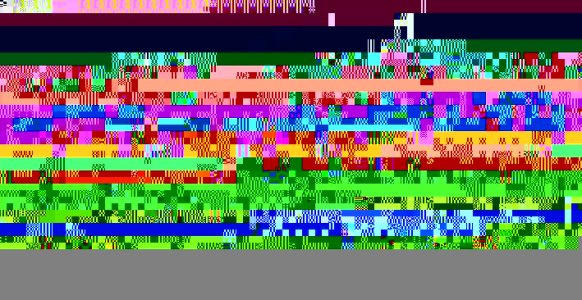Paul Joppa
Moderator
So, what are the grid and cathode voltages on the ECC88? And the screen voltage on the EF86's? This is a direct coupled two-stage amplifier, and all the voltages interact.
One possibility, for example, is the bypass capacitor on the triode cathode, which if reversed (it happens!) will drive the tube into saturation. The voltages will give a good hint.
Incidentally, 1.8 volts is high for an HLMP-6000 LED, which is normally around 1.55 volts. 1.55v is a good bias for an EF86 that meets the original specs, but many modern tubes sold as EF86s need an actual bias that is lower; I believe I've seen as low as 0.8 volts. That's why there is a servo in the stock design. Direct coupling is a pain!
One possibility, for example, is the bypass capacitor on the triode cathode, which if reversed (it happens!) will drive the tube into saturation. The voltages will give a good hint.
Incidentally, 1.8 volts is high for an HLMP-6000 LED, which is normally around 1.55 volts. 1.55v is a good bias for an EF86 that meets the original specs, but many modern tubes sold as EF86s need an actual bias that is lower; I believe I've seen as low as 0.8 volts. That's why there is a servo in the stock design. Direct coupling is a pain!


